1. Leaded Gasoline
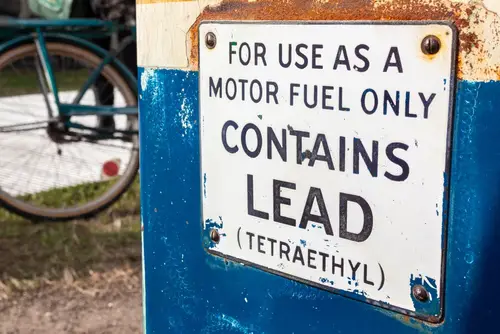
For over 50 years, car engines ran on leaded gasoline, which helped prevent knocking but spewed toxic fumes into the air. Lead exposure from car exhaust was linked to neurological damage, especially in children. The Environmental Protection Agency began phasing it out in the 1970s, with a final ban on road use in 1996. It’s hard to overstate how much cleaner and safer air became afterward.
Today’s fuels must meet emissions and toxicity standards that would’ve seemed futuristic back then. Lead additives are prohibited under the Clean Air Act. Unleaded gasoline and catalytic converters now go hand-in-hand with modern vehicle design. What once seemed like a “performance enhancer” turned out to be a public health nightmare.
2. Asbestos Ironing Board Covers

Ironing board covers used to be lined with asbestos because it was heat-resistant and cheap. It seemed brilliant at the time—until people realized that asbestos fibers can cause lung cancer and mesothelioma when inhaled. These covers released fibers every time they were moved, folded, or even brushed against. Millions of households were unknowingly breathing in dangerous dust while doing laundry.
Modern safety regulations ban most consumer uses of asbestos in the U.S. under the Toxic Substances Control Act. Manufacturers must now use safer materials like silicone, fiberglass, or heat-resistant cotton blends. The thought of selling asbestos-based home goods today is unthinkable. It’s a chilling reminder that convenience once trumped health.
3. Radioactive “Health” Products
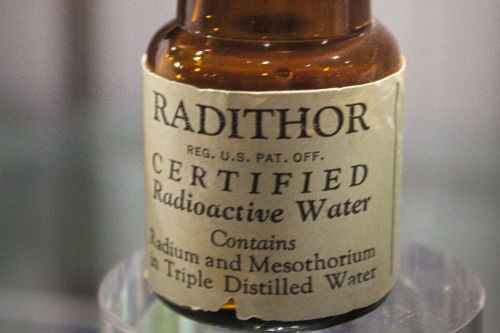
In the early 20th century, radium and uranium were marketed as miracle health boosters. You could buy everything from radium-laced drinking water to glow-in-the-dark face creams that promised “rejuvenation.” The tragic irony was that prolonged exposure led to radiation poisoning, jaw necrosis, and cancer. These products disappeared after workers and consumers began suffering horrific illnesses.
Today, the Nuclear Regulatory Commission and the FDA heavily restrict radioactive substances in consumer products. You can’t legally market radiation as a “wellness” aid anymore—thankfully. Even glow-in-the-dark watches now use nonradioactive phosphors. It’s one of the clearest examples of how science caught up with marketing.
4. Mercury Thermometers for Home Use

For decades, every household had a glass thermometer filled with mercury. They were accurate, cheap, and easy to read—but if they broke, the liquid mercury could vaporize and cause toxic exposure. Cleanup was notoriously difficult, and mercury poisoning could affect the brain, kidneys, and lungs. By the 2000s, most states began banning their sale.
Digital thermometers and alcohol-based alternatives took over. The Environmental Protection Agency and state health departments have since encouraged people to dispose of old mercury thermometers through hazardous waste programs. Under modern chemical safety laws, a product with that much neurotoxic material wouldn’t even make it to the shelf. It’s one of those items you didn’t realize was so risky until it was gone.
5. Toy Chemistry Sets with Real Uranium
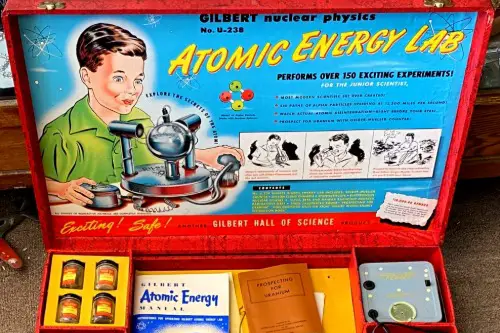
In the 1950s, one popular “Atomic Energy Lab” set actually included small amounts of uranium ore for kids to experiment with. The set was meant to teach atomic science—but it also exposed children to radiation. The manufacturer eventually pulled it after poor sales and safety concerns, but not before it became a collector’s item. It’s one of the most infamous examples of mid-century scientific optimism gone wrong.
Today, toy safety laws under the Consumer Product Safety Improvement Act would never allow radioactive material in a children’s kit. Even chemistry sets with mild acids or powders must include safety warnings and meet toxic substance standards. Parents now expect science toys to teach curiosity, not contamination. It’s safe to say the “atomic era” wouldn’t survive modern regulation.
6. Lead-Based Paint
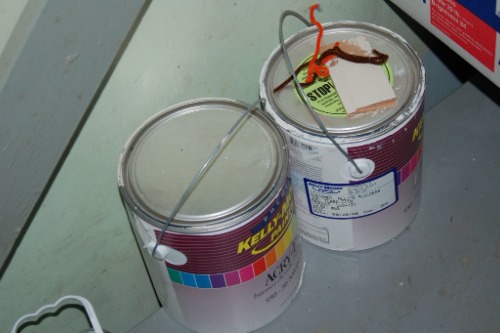
For decades, lead paint was everywhere—from nurseries to kitchen walls—because it made colors brighter and more durable. But children exposed to peeling or chipping paint often developed lead poisoning, which can cause developmental delays and neurological damage. The government finally banned consumer use of lead paint in 1978. Before that, it was basically decorating with poison.
Now, lead levels in paints and coatings are tightly regulated under the Lead-Based Paint Poisoning Prevention Act. Manufacturers must meet strict limits on heavy metal content. Even renovation contractors working on older buildings have to follow lead-safe practices. It’s one of those examples where a long-overdue ban saved countless lives.
7. Crib Bumpers and Drop-Side Cribs

Crib bumpers and drop-side cribs were once considered standard baby gear. They looked cozy and practical, but both posed serious suffocation and entrapment hazards. After multiple infant deaths, federal regulators banned drop-side cribs in 2011 and warned against padded bumpers altogether. What was once marketed as “safer sleep” turned out to be the opposite.
Today’s crib standards require fixed sides, breathable materials, and firm mattresses with no soft bedding. Manufacturers must comply with Consumer Product Safety Commission testing that didn’t even exist decades ago. The design philosophy has completely flipped—from plush comfort to minimalist safety. Parents now know that less is literally more when it comes to cribs.
8. Hair Dryers Without Ground Fault Protection
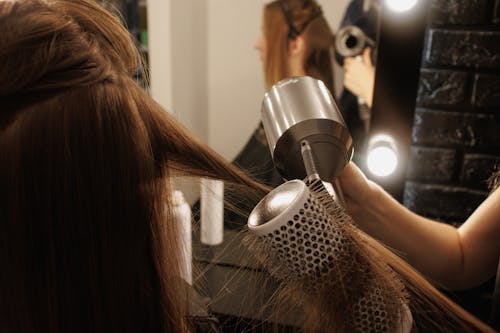
Vintage hair dryers from the 1950s to the 1970s often lacked ground fault circuit interrupters (GFCIs). If you accidentally dropped one in water—say, a sink or tub—it could deliver a lethal shock. Hundreds of accidental electrocutions were reported over the years. It took until the 1990s for regulations to require safer designs.
Modern dryers must include shock protection and improved insulation. The National Electrical Code and Underwriters Laboratories standards ensure all new appliances meet strict electrical safety requirements. You can still find vintage dryers for sale, but they’re best kept as display pieces. They’re a reminder that safety engineering saves lives in the most ordinary places.
9. Children’s Science Kits with Dangerous Chemicals
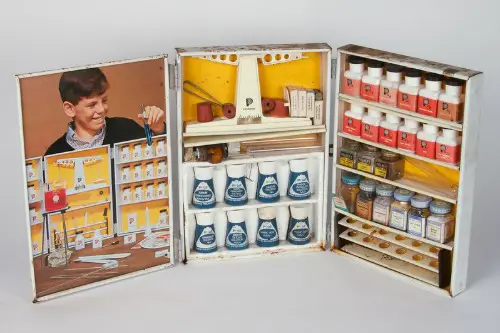
Old-school chemistry sets sometimes came with glassware, open flames, and bottles of real sulfuric acid or potassium nitrate. Parents loved them because they inspired scientific curiosity—but the lack of safety gear made accidents inevitable. Burns, explosions, and chemical exposure were all too common. The kits assumed a level of responsibility no modern toy would.
Today, toy chemistry sets are highly regulated under ASTM and CPSC standards. They can’t contain toxic, explosive, or corrosive substances. Even a small vial of vinegar-like acid now comes with gloves and goggles. Modern science toys still teach chemistry—but without the risk of turning your kitchen into a hazard zone.
10. Cigarette Ads Targeting Children
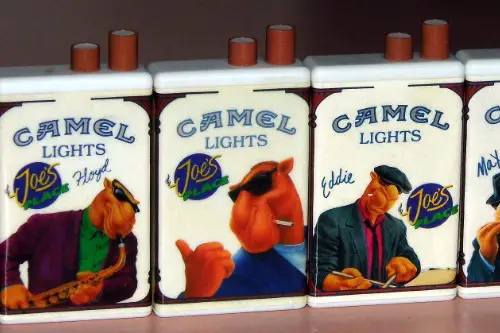
In the mid-20th century, cartoon mascots like Joe Camel made smoking look cool to teenagers. Candy cigarettes were marketed as playful “starter” versions. Public health advocates eventually linked these tactics to youth smoking rates. The government banned such advertising practices in the late 1990s under tobacco marketing restrictions.
Now, the FDA and FTC enforce strict rules on how tobacco can be marketed. Ads can’t appear in youth-oriented spaces, and cartoon mascots are strictly off-limits. Cigarette packs also come with graphic warnings and age restrictions. It’s one of the biggest reversals in advertising history—turning a glamorized habit into a cautionary tale.
11. Playground Equipment on Concrete

Mid-century playgrounds were basically obstacle courses of steel and concrete. Monkey bars were high, slides were metal (and scalding in summer), and the ground beneath was often asphalt. Broken bones and head injuries were common, but few questioned the design. It took decades of injury data to inspire safer materials and fall zones.
Modern playgrounds use rubberized surfaces and lower, rounded equipment. The Consumer Product Safety Commission now provides national playground safety guidelines. Manufacturers must test for entrapment, stability, and fall height. The playground revolution turned bruised knees into safer fun for everyone.
12. Lawn Darts (a.k.a. Jarts)
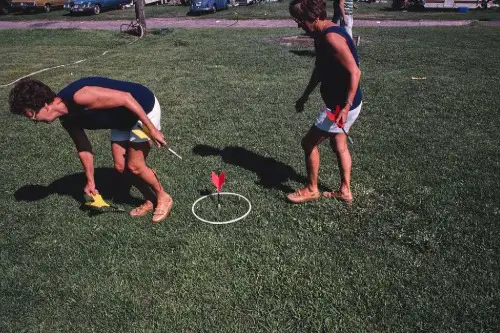
Lawn darts were a popular backyard game in the 1960s and ’70s that involved tossing heavy, metal-tipped darts toward a target ring on the ground. Unfortunately, those same sharp projectiles caused thousands of injuries—and a few fatalities—before being banned by the Consumer Product Safety Commission in 1988. The darts could easily puncture skulls and other body parts when misthrown, which made them especially dangerous around kids. Today, the only “lawn darts” you’ll find have blunt, weighted plastic tips instead.
It’s hard to imagine a modern toy company getting that design past regulators. Current safety laws require toys to pass strict impact and choking hazard tests. Manufacturers also have to label potential dangers clearly, which these darts never did. It’s one of those cases where nostalgia collides headfirst with common sense.
13. Electric Blankets Without Overheat Protection
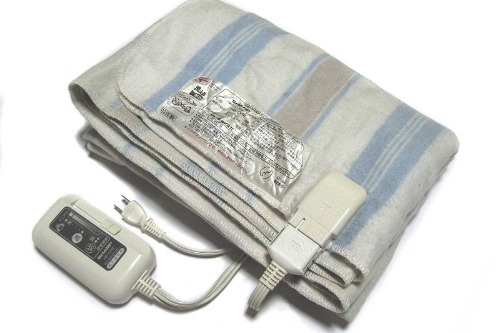
Early electric blankets had simple wiring and almost no built-in safety features. If the wire shorted or the temperature regulator failed, the blanket could catch fire or cause burns. Reports of overnight electrocutions and house fires weren’t rare. It took decades for better insulation and automatic shutoff systems to become standard.
Modern models must comply with Underwriters Laboratories fire safety standards. Overheat sensors and automatic shutoffs are mandatory features. You can still find antique versions online—but they’re best admired, not plugged in. They’re a warm reminder that comfort should never come at the cost of safety.
This post 13 Vintage Products That Couldn’t Exist Under Today’s Safety Laws was first published on American Charm.


